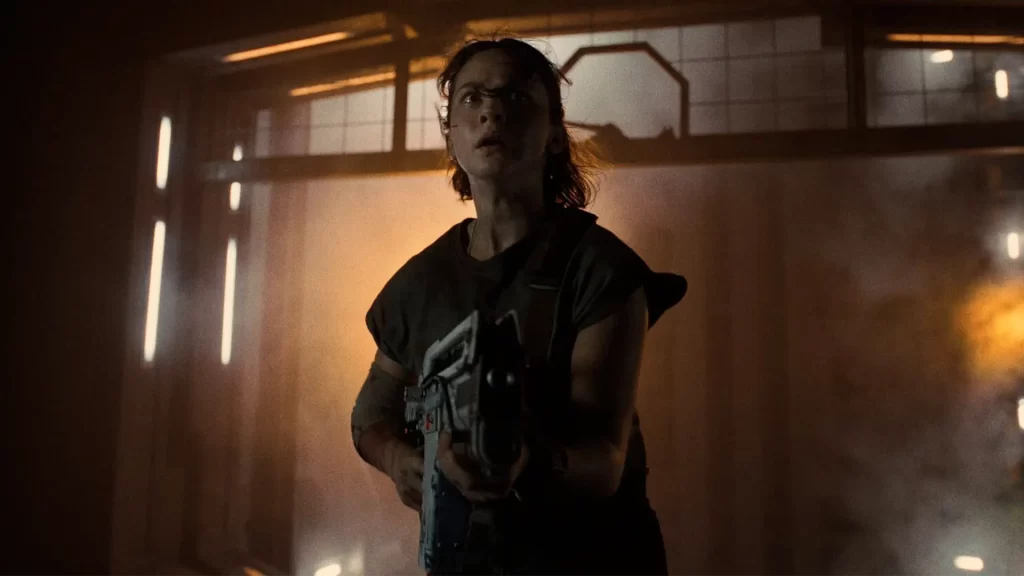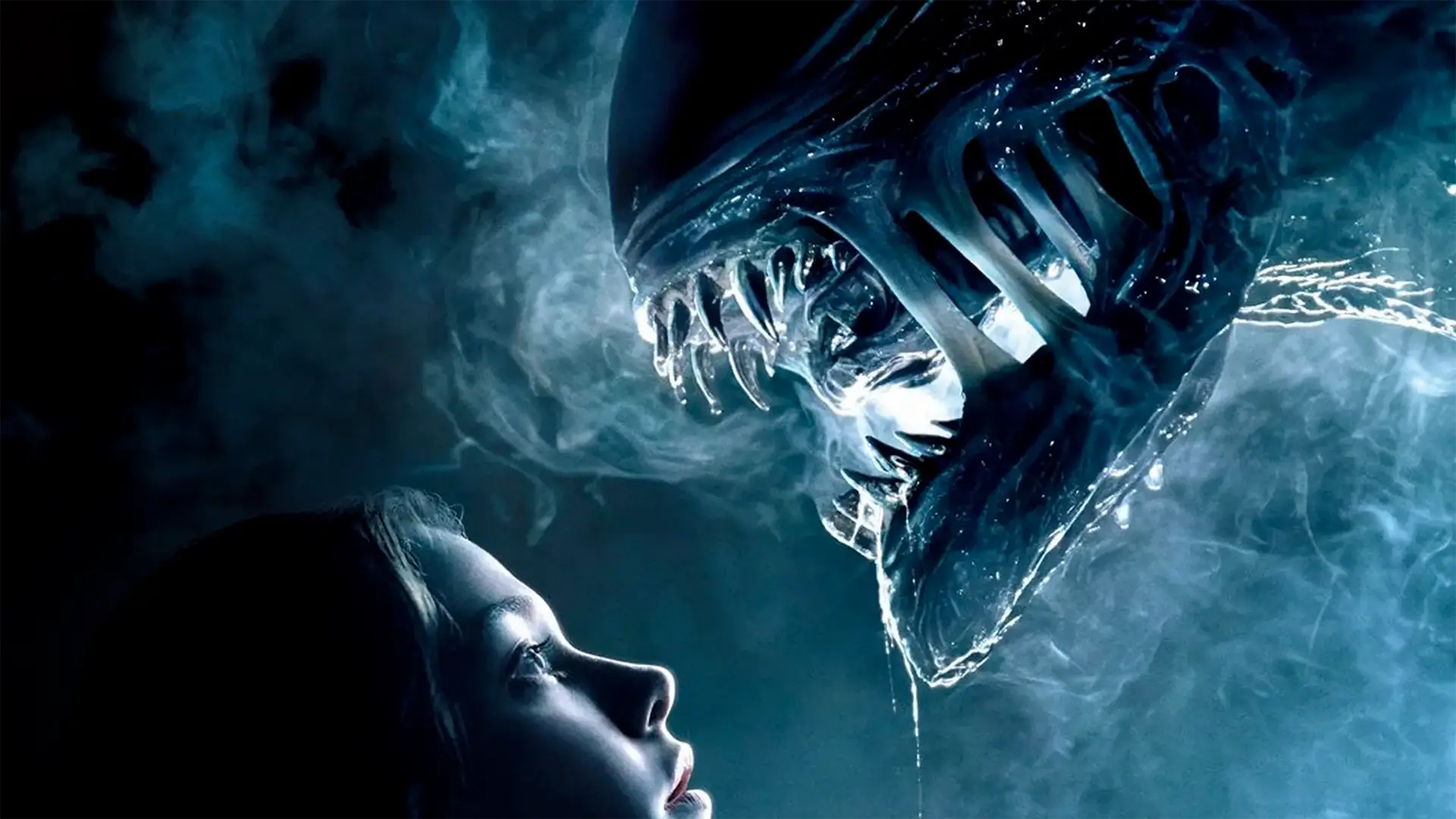Like its face-hugging, predatory villains, the Alien franchise just keeps finding another life despite recent lackluster streak at the box office. The latest endeavor, Alien: Romulus, is directed by Fede Alvarez, best known for cult horror favorites like Don’t Breathe and the remake of Evil Dead. With those credentials, you are not wrong to presume that this installment will lean more on the horror elements, a return to the franchise’s root. Perhaps, that’s for the better. After Ridley Scott’s 1979 original captivated with its gory cosmic horror, the James Cameron-directed sequel turned it into Terminator-esque action-driven sci-fi, a formula that worked on the 1986 movie but faltered when emulated in later sequels. Glad to report that this return to roots also yields a return to form for the franchise.
Set between the events of Alien and Aliens, Alien: Romulus is essentially a soft reboot of the original Sigourney Weaver film. In this, a young mine colony worker named Rain (Cailee Spaeny) joins a ragtag bunch of space grifters searching for a better life on another planet. To be able to travel the 9-year long journey, they plan to steal cryo-sleep chambers from an abandoned ship caught in the orbit of their colony. Of course, things go awry once they arrive on the ship. Their expedition accidentally defrosts a bunch of savage face-hugging aliens, trapping the crew in a deathly battle for survival.
Elements introduced in Alien: Romulus would be quite familiar to those with knowledge of the previous films. After all, nostalgia-driven features are the norms nowadays. But what keeps this film feeling energized and, daresay, fresh, is the many intertwining elements working in harmony.

On the worldbuilding front, director Alvarez managed to recreate the weird, Lovecraftian outer space atmosphere from the original. Utilizing a lot of practical effects, there is a sense of tactileness to the whole set. This also makes it easy to build up the icky factor later when the aliens begin their preying. Designed to mimic the original in terms of technological advancement (since it’s set around the same time), there is a sense of continuity and throwback vibe. Complementing the visual resplendence, Benjamin Wallfisch’s score fills the ambience with disconcerting sounds that took cues from its predecessors like Jerry Goldsmith, James Horner, and Harry Gregson-Williams and does its own thing with those elements. Remarkably, Alvarez managed to pull it all off with a fraction of the other films’ budgets: Alien: Romulus cost $80 million, a steal for a big studio tentpole.
Horror movies tend to be cheap to make. A veteran of the genre, Alvarez has found the sweet spot between the indie resourcefulness of a horror film with the splashy undertaking of a spectacle film. While the later Alien films tend to splurge and over-explain the mythology, this one wisely keeps to its cosmic horror angle, the fear of the unknown and humanity in its center.
Spaeny readily fills Weaver’s ceiling-breaker boots with her own take of a vulnerable heroine placed in an impossible situation. In recent years, the actress has displayed such a remarkable range with her works in Mare of Easttown, Priscilla, and Civil War. This time, she proves that she’s got the grit to carry a horror/sci-fi/action franchise as well.
Smartly written and well crafted, this film is perhaps the best entry in the Alien film series in decades.








































Leave a Reply